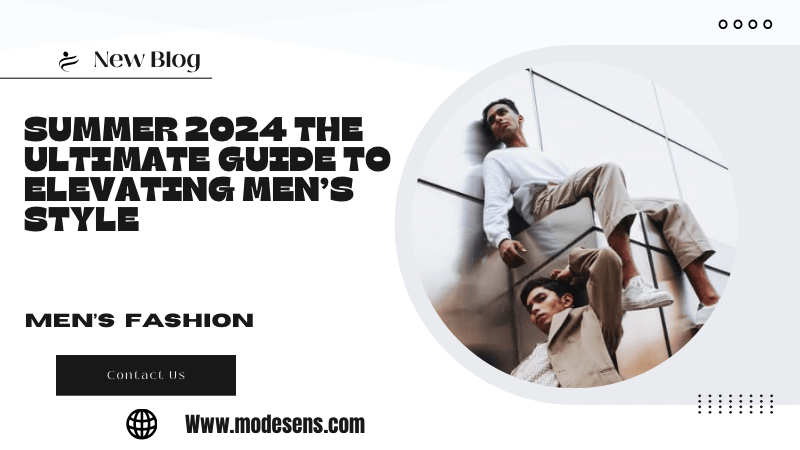The SSENSE Guide To Japanese Clothing Brands
Until relatively recently, many Japanese clothing brands were out of reach. In 2024, the nation's style is a worldwide phenomenon, and these are the brands driving it.
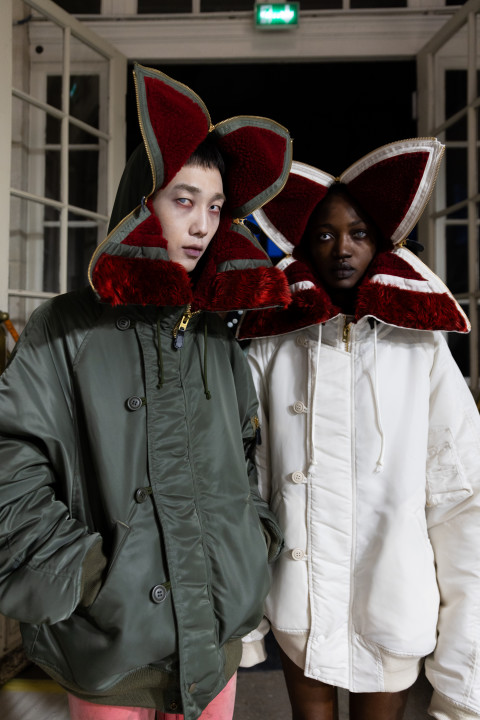
Few nations have as rich a design history as Japan. And while the physical evidence of this comes in the form of ancient wood prints, kimonos, and tapestries that fill rooms in museums the world over, arguably the clearest sign of it is contemporary Japanese design. A skim through images from recent fashion shows from brands such as AURALEE, Comme des Garçons, Doublet, or Junya Watanabe will reveal the true range in style coming out of Japan in 2024; it’s a map of how far and deep Japanese design heritage reaches, and the ways it has evolved over time.
From prep to punk, Japan has long been a hotbed for subcultures to thrive. Whether these subcultures were imported from elsewhere through the medium of film or music, or built on home soil, Japan has been quick to adopt, develop, and perfect them. This desire to explore every corner of subculture is a central reason for the rampant popularity of Japanese clothing brands on the international stage. Another reason not to be overlooked is the exclusivity that these labels present.
Until relatively recently, many of the listed brands were difficult or impossible to find outside of their home country. Short of a shopping trip to the land itself, the rest of the world struggled through foreign websites, high shipping fees, and lack of knowledge. Thanks to the globalization of luxury fashion retail and the unstoppable power of social media, Japanese fashion is within reach of anybody with an internet connection. Even with increased availability, many brands from Japan go without the attention that they deserve; from niche names to global icons, this list acts as a road map to the Japanese fashion brands worthy of attention in 2024.
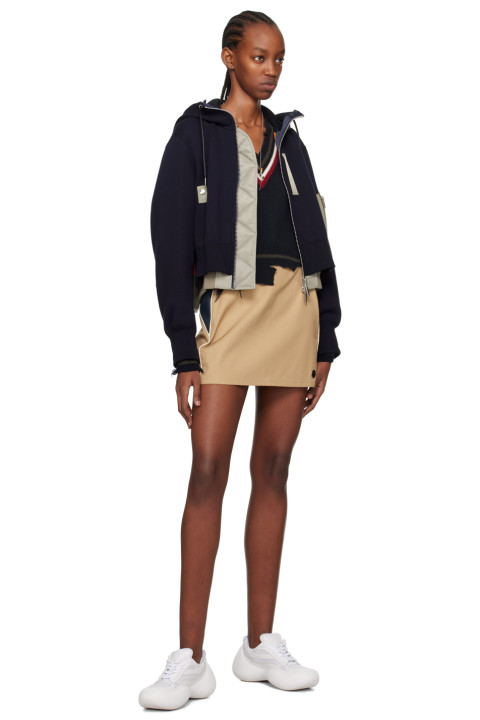
2008 Tokyo : @ambush_official Although AMBUSH doesn’t have the kind of extensive legacy that many of its national counterparts do, it has risen quickly through the ranks to become a defining force in contemporary Japanese fashion. Founders VERBAL and YOON have taken the label from a jewelry brand to an all-encompassing ready-to-wear powerhouse with a characteristic blend of streetwear and luxury style, aided throughout by a string of big-name collaborations.
2011 Tokyo : @andwander_official Building on experience working at Japanese megalith ISSEY MIKAYE, designers Keita Ikeuchi and Mihoko Mori’s and wander seamlessly combines cutting-edge technology with traditional Japanese design values. At once elegant and uncompromisingly utilitarian, and wander’s diamond-quilted down jackets have become a permanent favorite for adventurers and fashion lovers alike.
1949 Kobe : @asics ASICS’s long history of top-level athletic gear has not only made it one of the most famous Japanese clothing brands, but also a central competitor on the international stage. The label’s willingness to adapt to the times by implementing new technology and trusting designers like Kiko Kostadinov to advance its style identity has made it a blueprint for footwear companies.
2016 Tokyo : @aton_tokyo ATON’s ultra streamlined visuals should not be mistaken for simplicity. Founder Yasuharu Kuzaki is known to personally test prototypes for up to a year before moving forward with production. Exclusively using the highest quality wool, silk, cotton, and linen, ATON reframes pared-back wardrobe essentials as beautiful daily items that provoke wonder every time they’re chosen.
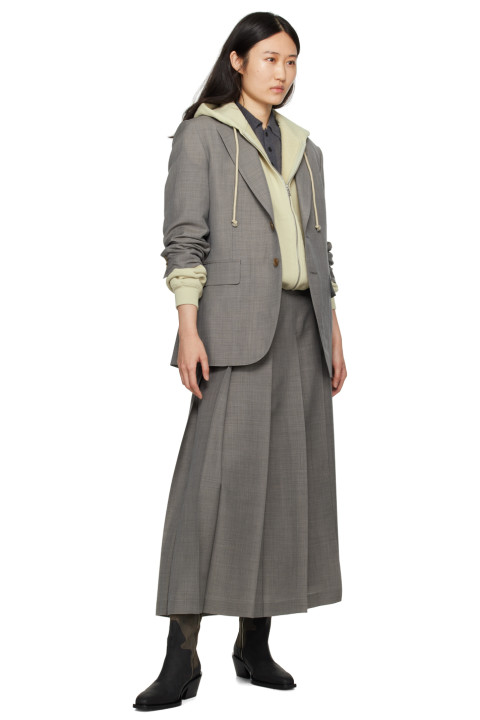
2015 Tokyo : @auralee_tokyo Few Japanese fashion brands have built the kind of heat that AURALEE has right now. After a universally lauded FW24 show, the label’s relaxed tailoring and soothing palettes are increasingly the most talked-about aspect of Japanese fashion. Propped up by a continuing partnership with New Balance, AURALEE’s ready-to-wear presents a way to dress in wearable yet ethereally beautiful garments thanks to considered, restrained use of texture, altered silhouette, and flashes of contrasting color.
1993 Tokyo : @bape_japan Since 1993, A BATHING APE—a.k.a. BAPE—has been a cornerstone of Japanese style, recognized internationally thanks to its close ties with names like Pharrell Williams and Kanye West. Founded by Nigo, who is now artistic director of Kenzo, the label perfectly embodies the kind of playful, cartoon-like aesthetics that have long typified kawaii Japanese popular culture.
1999 Tokyo : @beams_plus Part of the illustrious BEAMS family, which began life in 1976 in Tokyo’s hallowed Harajuku, BEAMS PLUS is distinctive in its penchant for retro looks. The label is still founded on the core tenets of the BEAMS umbrella—versatility and timelessness—but each garment is tinged with postwar Americana.
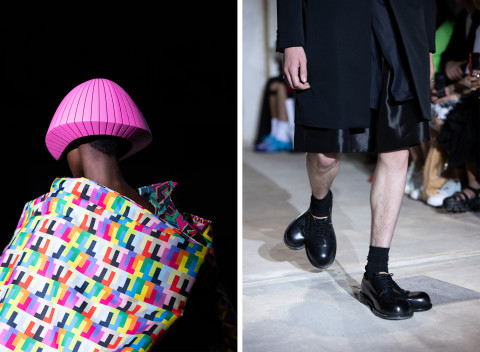
1981 Tokyo : @commedesgarcons Showing for the first time in Paris in 1981, Rei Kawakubo’s Comme des Garçons is widely credited with bringing Japanese luxury fashion to the West. Since its debut, Comme des Garçons has solidified its position as one of the most influential fashion labels ever with its unique ability to merge the worlds of the avant-garde with the marketable in the form of sneaker collaborations and offshoots like COMME des GARÇONS PLAY. Kawakubo has left her mark on international style with CDG, but perhaps more importantly on Japanese style as the mentor to numerous other heralded Japanese designers.
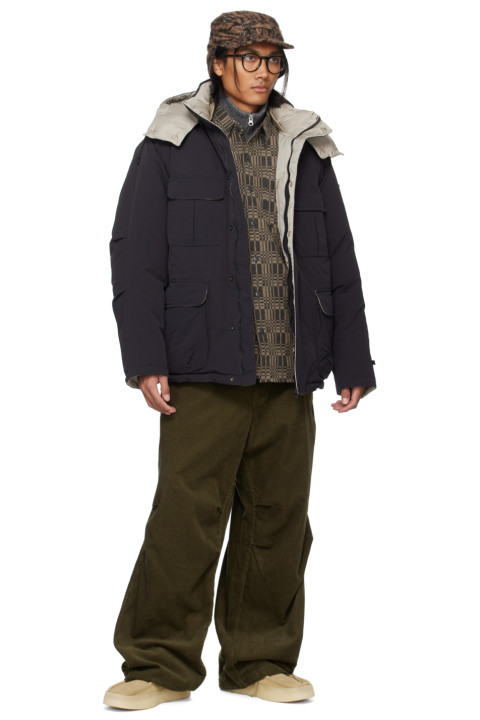
2020 Tokyo : @daiwapier39_official Although DAIWA PIER39 was born in 2020, it stems from one of Japan’s best-known fishing brands, DAIWA, which was founded in 1958. As such, the modern generation has a strong foundation to grow from. Led by former BEAMS PLUS director Nakada Shinsuke, the label has naturally already fostered a dedicated following, hungry for its retro-informed pieces that balance style and utility.
2012 Osaka : @descente_allterrain First appearing in 2010, outfitting Japanese athletes competing in the Winter Olympic Games, DESCENTE ALLTERRAIN was formally inaugurated and available to the public two years later. Lead designer Mitsuru Yamada builds on an archive that stretches back to 1935 when Descente—ALLTERRAIN’s mother brand—was launched. As the successor of one of Japan’s most successful ski brands, it tracks that DESCENTE ALLTERRAIN is primarily celebrated for its high-end down jackets.
2012 Tokyo : @doublet Many Japanese brands have illustrious backing, but few can match legendary artist Takashi Murakami, who cofounded Doublet with designer Masayuki Ino in 2012. Since then, Doublet has proven to be one of the funniest characters in fashion, offering fluffy animal bags, T-shirts to wear over one’s face, and more. Bold graphics and big proportions are central to the label’s aesthetic, which combines pop culture influences with a rebellious, carefree streak.
2018 Fukuoka : @fumitoganryu Designer Fumito Ganryu cut his teeth at Comme des Garçons before launching his eponymous label in 2018 at Pitti Uomo 94. Although it originated at a menswear fair, Ganryu has been explicit about his desire to pay no attention to gender during the design process. With a signature blend of workwear and streetwear, Ganryu’s design language is highly wearable but always has distinctive character thanks to traditional dyeing techniques, big proportions, and considered detailing.
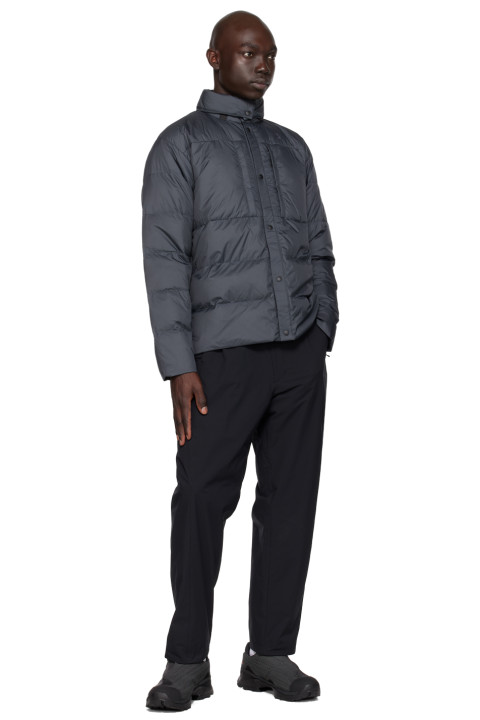
1950 Tokyo : @goldwin_official Since it was founded in 1950, GOLDWIN has remained at the forefront of technical outerwear. Primarily known for its skiing and sporting goods, the brand has become a regular fixture in style-forward wardrobes over recent years thanks to increased interest in high-tech outdoors gear and also the launch of GOLDWIN 0, which revolves around zero-waste clothing and a sleeker design language geared toward urban wear.
Tokyo : @hokita Founded by fashion archivist HOKKIEE, HOKITA garments are naturally advanced sartorial studies. As likely to reference vintage streetwear as cutting-edge utilitarian outerwear, HOKITA presents a singular point of view that speaks to the fashion maverick. The label has already built a dedicated following thanks to its everyday functionality and bold aesthetic.
2013 Tokyo : @hommeplisse_isseymiyake Accompanied by a team of other diffusion labels such as BAO BAO ISSEY MIYAKE and 132 5. ISSEY MIYAKE, HOMME PLISSÉ ISSEY MIYAKE has risen to the top as the jewel in the legendary Japanese designer’s crown. Built on the premise that refined menswear can be thrown on a chair at the end of the day and be picked up the next day without creases, the famous pleated build of HOMME PLISSÉ is easygoing, comfortable, and visually beautiful. From relaxed blazers and overcoats to hoodies and fan-favorite pants, the label has grown to cover all sides of the modern wardrobe.
2001 Tokyo : @_julius7official Although Julius officially began in 2001, for the first three years of its life it was a way for founder Tatsuro Horikawa to present film projects. In 2004, Horikawa developed the imprint’s clothing line. Twenty years on, Julius continues to use only black and gray—symbols of madness and pain—as its chromatic foundation.
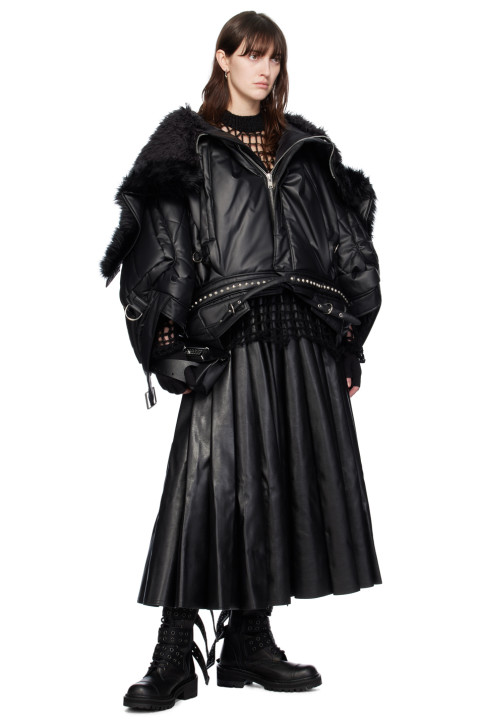
1993 Tokyo : @junyawatanabe Like several of the most famous Japanese fashion designers, Junya Watanabe earned his stripes under Kawakubo at Comme des Garçons, eventually becoming chief designer of the tricot line and CDG Homme. In 1993, Watanabe launched an eponymous CDG sublabel—Junya Watanabe Comme des Garçons. Now its own entity, Junya Watanabe still exhibits the unshakeable remnants of Kawakubo tutelage with intricate draping and experimental tailoring.
2004 Tokyo : @kolorofficial Having worked as a patternmaker for Yohji Yamamoto and Comme des Garçons, Junichi Abe launched kolor in 2004. Sportswear, militaria, and menswear are the core references for the brand, making it naturally a more versatile proposition than the avant-garde designs of Yohji Yamamoto or Comme des Garçons. Classic pieces like knit polo shirts and mac coats are refreshed with altered proportions and flashes of primary color.
2017 Tokyo : @kozaburo_official With degrees from Parsons School of Design and Central Saint Martins, experience at Thom Browne, and the 2017 LVMH Prize for Young Fashion Designers under his belt, Kozaburo Akasaka is rightfully considered one of Japan’s brightest young design talents. Merging a talent for tailoring with contemporary Tokyo street style, KOZABURO is both attractively bold and traditionally elegant.
1997 Tokyo : @mastermindjapan_official Following a stint working under Yohji Yamamoto, mastermind JAPAN founder Masaaki Homma launched his label in 1997. It wasn’t long before the brand had built a following in North America and Europe, setting the foundations for a formative decade in the early 2000s. The label’s use of punk-infused graphics—like the signature Jolly Roger flag—has remained a constant, asserting mastermind JAPAN as a foundational and familiar pillar in modern street culture.
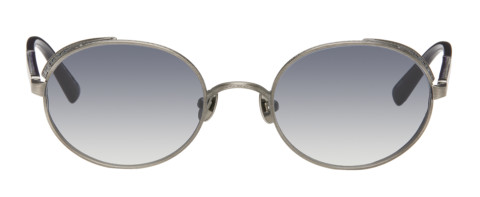
1967 Tokyo : @matsudaeyewear Matsuda founder Mitsuhiro Matsuda may not ring the same kind of bells as names like Kawakubo, Yamamoto, or Miyake, but having instituted Tokyo’s first official Fashion Week and been a founding father to the Tokyo Designer Six (a group credited with asserting Japanese fashion on the world stage) in 1974, he’s one of the unsung heroes of Japanese fashion. The eponymous eyewear line ranks with the world’s most luxurious, handcrafted in the best workshops and mixing traditional artisanship with often futuristic frame shapes.
1997 Tokyo : @miharayasuhiro_official The leading side of MIHARAYASUHIRO’s output has always been its footwear. Known for its unmistakable clay-look sole units, the line epitomizes the brand’s larger MO: re-creating familiar silhouettes in unexpected ways. Be it oversized proportions or playful details like huge zips, Mihara Yasuhiro continues to surprise and delight almost 30 years after launching his brand.
2000 Tokyo : @n_hoolywood Beginning his career as a buyer for a Tokyo vintage story, N.Hoolywood founder Daisuke Obana naturally gravitated toward classic military, American vintage sportswear, and traditional Japanese craftsmanship as the style references for his brand. Since it launched in 2000, N.Hoolywood has built a following with easygoing style staples and a range of collaborations with brands such as Reebok.
2003 Tokyo : @nanamica nanamica, which translates to “house of the seven seas,” is firmly focused on outdoor gear. But while the label’s technical fabrics promise premium protection against the elements, the brand eschews classic technical aesthetics for a quieter personality that’s more in keeping with the color palettes seen in tailoring.
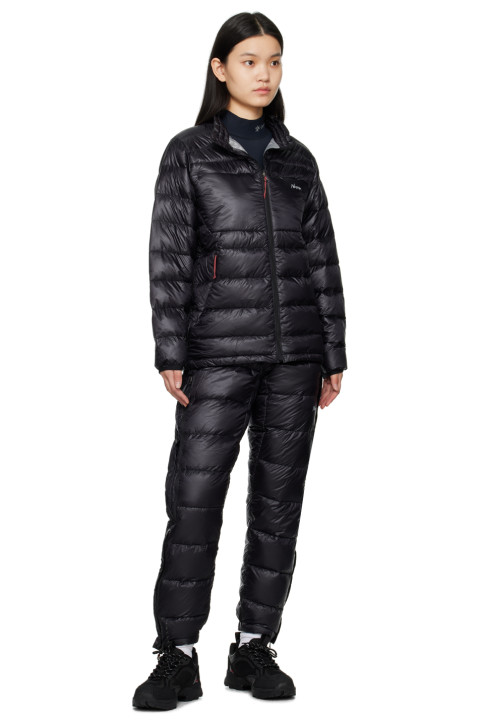
1941 Maibara : @nanga_official Since it was founded in 1941 by Akira Yokota, NANGA’s stated mission has remained the same: to challenge the unknown. It does so with a line of high-quality outdoor products ranging from down jackets to lightweight accessories, all of which are available at accessible price points.
1997 Tokyo : @needles_tokyo_official With inspirations ranging from Western Americana to Miles Davis’s suit jackets, NEEDLES collections are perpetually exciting propositions. Alongside the unexpected—clogs, reconstructed shirts, sheer knitwear—is a wealth of returning favorites in the form of bold luxury tracksuits and mohair cardigans. Acting as the protagonist of the brands under the Nepenthes umbrella, NEEDLES has been a leader in the globalization of Japanese fashion brands for the last decade, with its signature butterfly logo becoming a stamp of luxury streetwear superiority.
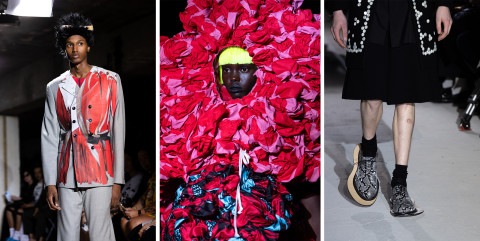
1994 Tokyo : @neighborhood_official Inspired by American biker culture that he saw when watching road films of the ’60s, Shinsuke Takizawa founded Neighborhood on a deep-rooted fascination with Western subcultures. Established in Harajuku, Neighborhood has become an international bastion of Japanese fashion, specializing in supple leather jackets that not so subtly reference Takizawa’s love of vintage Americana and biker culture.
2019 Tokyo : @ouat_tokyo OUAT was launched in 2019 out of founder Ryosuke Tamura’s vintage boutique in Tokyo, named Once Upon A Time. With a distinctive archival flavor, the label’s ready-to-wear lineup blends everyday wearability with high-end craftsmanship and Tamura’s extensive knowledge of vintage fashion.
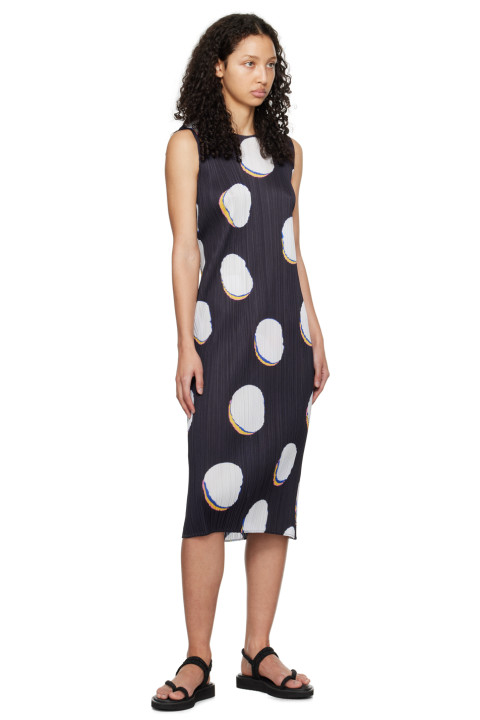
1993 Tokyo : @pleatspleaseisseymiyake Acting as the women’s counterpart to HOMME PLISSÉ ISSEY MIYAKE, PLEATS PLEASE ISSEY MIYAKE holds equal weight in the arena of the most popular Japanese clothing brands. Founded in 1993, the label relies on a signature knife-pleat fabric that offers comfort, dynamic fit, and elegance in one package.
1999 Tokyo : @sacaiofficial Chitose Abe’s work is some of the most distinctive in luxury fashion. Clashing panels meet at raw seams, melding disparate garments into one—think bomber jackets combined with rib-knit crew neck sweaters. This unmistakable design language has made sacai a coveted collaborative partner, as exemplified by successful partnerships with names like Nike, Carhartt, and Clarks Originals, to name a few.
2003 Tokyo : @sasquatchfabrix_official Although founded in 2003 by Daisuke Yokoyama, Sasquatchfabrix now functions as an anonymous creative collective whose work spans illustration, graphic design, architecture, and of course clothing. The label’s collections seek to connect the dots between wearable streetwear and experimental couture, examining the ways that the two speak to each other, emphasizing the differences while always delivering one coherent message.
1958 Sanjō : @snowpeak_official With the popularity of technical outdoor clothing at an all-time high, there are more labels than ever before promising high-tech solutions to the elements, but Snow Peak is one of precious few that has built a long heritage of authentic outdoorwear. Since 1958, the brand has produced a line of garments that balance utility and style. To this day, Snow Peak’s genderless down jackets are as comfortable in urban environments as they are at the summit of mountains.
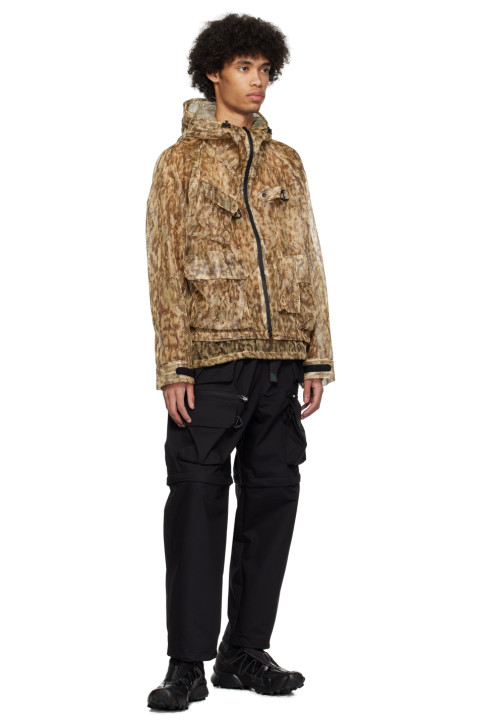
2003 Sapporo : @south2_west8_official Streetwear, Americana, punk, and prep come up time and time again, listed as the inspirations behind some of Japan and the world’s greatest brands. One that doesn’t surface as often is fishing. South2 West8, which resides under the same Nepenthes umbrella as brands like Engineered Garments and NEEDLES, cites traditional Japanese fly fishing as its stylistic root. As such, cropped jackets laden with pockets or cut from sheer mesh are the striking pillars of this label’s design language.
2006 Tokyo : @suicoke_official Perhaps surprisingly, Suicoke was at first an accessories brand but after a successful collaboration with world-famous sole maker Vibram, the label began to explore the world of performance footwear. Still built with a famous orthopedic Vibram sole unit, Suicoke’s collection is pinned on a handful of returning sandal silhouettes that combine luxury fabrics like suede and leather with technical detailing in the form of velcro straps and treaded outsoles.
2016 Tokyo : @taion0802 With high-performance 800-fill down linings and square stitching to maximize heat retention, TAION lives up to its name, which means “body temperature” in Japanese. The Tokyo-based brand specializes in modular layers, whether that’s liner vests or hooded, reversible down jackets, ensuring that every piece is lightweight enough to be combined with surrounding layers.
2010 Tokyo : @takahiromiyashitathesoloist Takahiro Miyashita made a name for himself as the founder of cult label NUMBER (N)INE, but in 2009 Miyashita left the brand to pursue a new project that aligned more closely with his personal style. In 2010, TAKAHIROMIYASHITA TheSoloist. was born. Centered on rock ‘n’ roll aesthetics, the imprint sticks to simple black and white color palettes that are given personality by asymmetrical cuts, heavy distressing, and bold proportions.
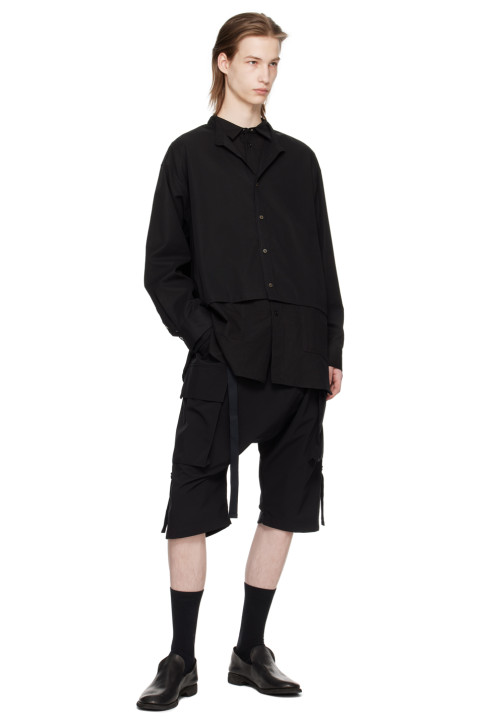
2001_City:_ Tokyo_Instagram_: @the_viridi_anne_atelier Trained in fine art, The Viridi-anne founder Tomoaki Okaniwa was an oil painter before launching his clothing brand in SS01. Okaniwa’s artistic roots are an ever-present force in the label’s collections, which exemplify the Japanese concept of wabi-sabi—an appreciation of imperfection or incompleteness. As such, raw seams and inverted panels often exhibit the inner workings of the garments.
1990 Tokyo : @undercover_lab Since 1990, Undercover has felt like an immovable presence in the world of Japanese fashion. Jun Takahashi’s vision has remained constant for over 30 years, ensuring that the label delivers a unique blend of avant-garde style combined with the core wearability of streetwear. Jersey crew necks are upgraded with knitted sections or illusive graphics while luxe leather pouches become tongue-in-cheek fun with all-over taco prints. Takahashi’s design philosophy can be traced back to early mentorship from Comme des Garçons icon Kawakubo.
2001 Tokyo : @visvimwmv Very few labels offer the same kind of authentic Americana as visvim. Founded by Hiroki Nakamura in 2001, the label is known for using only the world’s best materials, dyes, and artisans to build collections that could pass as artifacts. Informed by vintage finds and often making use of deadstock fabrics, visvim has cultivated a cult following across the globe hungry for the detail-obsessed design that is so hard to find at this level anywhere else.
2005 Tokyo : @wackomaria_guiltyparties Built on an appreciation for film, music, and design, WACKO MARIA was founded in 2005 by Atsuhiko Mori after co-opening Tokyo’s famous Rock Steady Bar. Bold animal print graphics detail mohair crew necks and bowling shirts alike to give WACKO MARIA its singular aesthetic stemming from American mid-century iconography.
1981 Tokyo : @yohjiyamamotoofficial Yohji Yamamoto is one designer that warrants the overused title of visionary, though he famously prefers to be called a humble “dressmaker.” From learning to sew with his mother to heading one of the world’s most famous and respected luxury fashion brands, Yamamoto has maintained a sense of self; one that shines in his collections. Rebellious, poetic, and black, YOHJI YAMAMOTO collections have always remained true to their designer’s vision: “Black is modest and arrogant at the same time. Black is lazy and easy—but mysterious. But above all black says this: “I don’t bother you—don’t bother me”.”
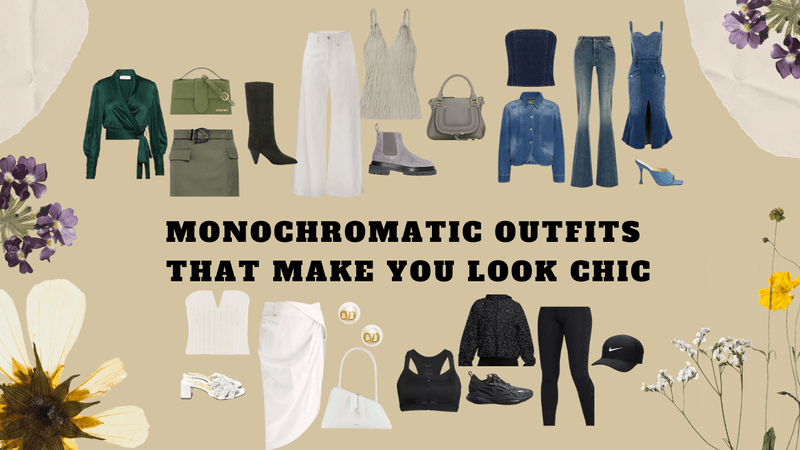 How To Wear Monochromatic Outfits Have you ever wished to simplify your wardrobe and effortlessly choose your morning outfit? Monochromatic looks might be the perfect solution you've been seeking. Monochromatic ensembles have gained prominence as a trendsetting and forward-looking choice. Celebrities and fashion influencers frequently showcase their style prowess through monochromatic styling.
How To Wear Monochromatic Outfits Have you ever wished to simplify your wardrobe and effortlessly choose your morning outfit? Monochromatic looks might be the perfect solution you've been seeking. Monochromatic ensembles have gained prominence as a trendsetting and forward-looking choice. Celebrities and fashion influencers frequently showcase their style prowess through monochromatic styling. 
